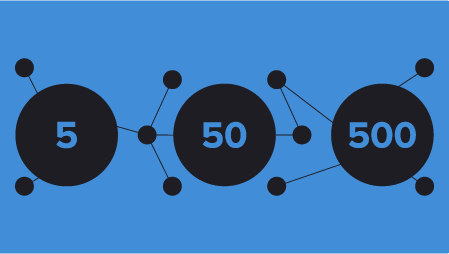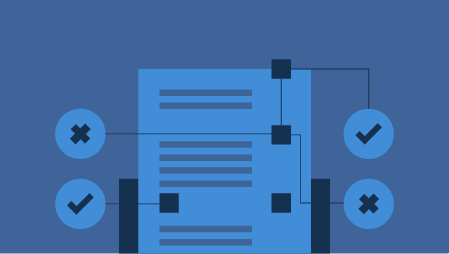An introduction to the role of analytics in HR departments along with some examples of analytics and data mining in the area.
Big data may be a good tool in helping increase employees productivity, but it’s the managers that wield those tools who have the biggest impact. It takes a gifted leader to truly listen and appreciate people. Balancing the needs of the business with the needs of the individual is always challenging. Data can be used to tear people down who aren’t performing, or it can be used to empower and improve performance. Management needs to take care of employees and create a positive environment by using data for good.
When the concept of AI was first introduced, the HR departments were not completely convinced by it, as they feared a heavy loss in the number of jobs because of the increased dependence on machines. But gradually the organizations have opened up to it. Technologies and tools like cloud computing, business analytics, e-recruitment, CPM (Computerized Performance Monitoring) have minimized the labor of HR personnel and given them considerable time to focus on other goals. Now the question arises, that if AI is such a convenience for the HR, then what is the debate all about?
Experfy Insights
Top articles, research, podcasts, webinars and more delivered to you monthly.
Leave a Reply Cancel reply

Introduction Access to and control of data is one of the biggest challenges faced by data analysts and data scientists. Creative, persistent analysts find ways to get access to at least some of this data but doing that efficiently in a way that is also standardized and centralized for everyone on the team is difficult.

Introduction Prediction is a tricky business. You have to step outside of your comfort zone, your fainted vision of the world and see it thorough across all possible dimensions. In this series, we will discuss the future of “AI”, applications that are yet unexplored.

Introduction: Humans are wired to make tough decisions bringing all the context and principles to bear. Similarly, can devices apply the available information to make the right judgment calls? In this series, we shall discuss some ethical dilemmas faced by emerging technologies.
Incubated in Harvard Innovation Lab, Experfy specializes in pipelining and deploying the world's best AI and engineering talent at breakneck speed, with exceptional focus on quality and compliance. Enterprises and governments also leverage our award-winning SaaS platform to build their own customized future of work solutions such as talent clouds.
1700 West Park Drive, Suite 190
Westborough, MA 01581
Email: support@experfy.com
Toll Free: (844) EXPERFY or
(844) 397-3739
